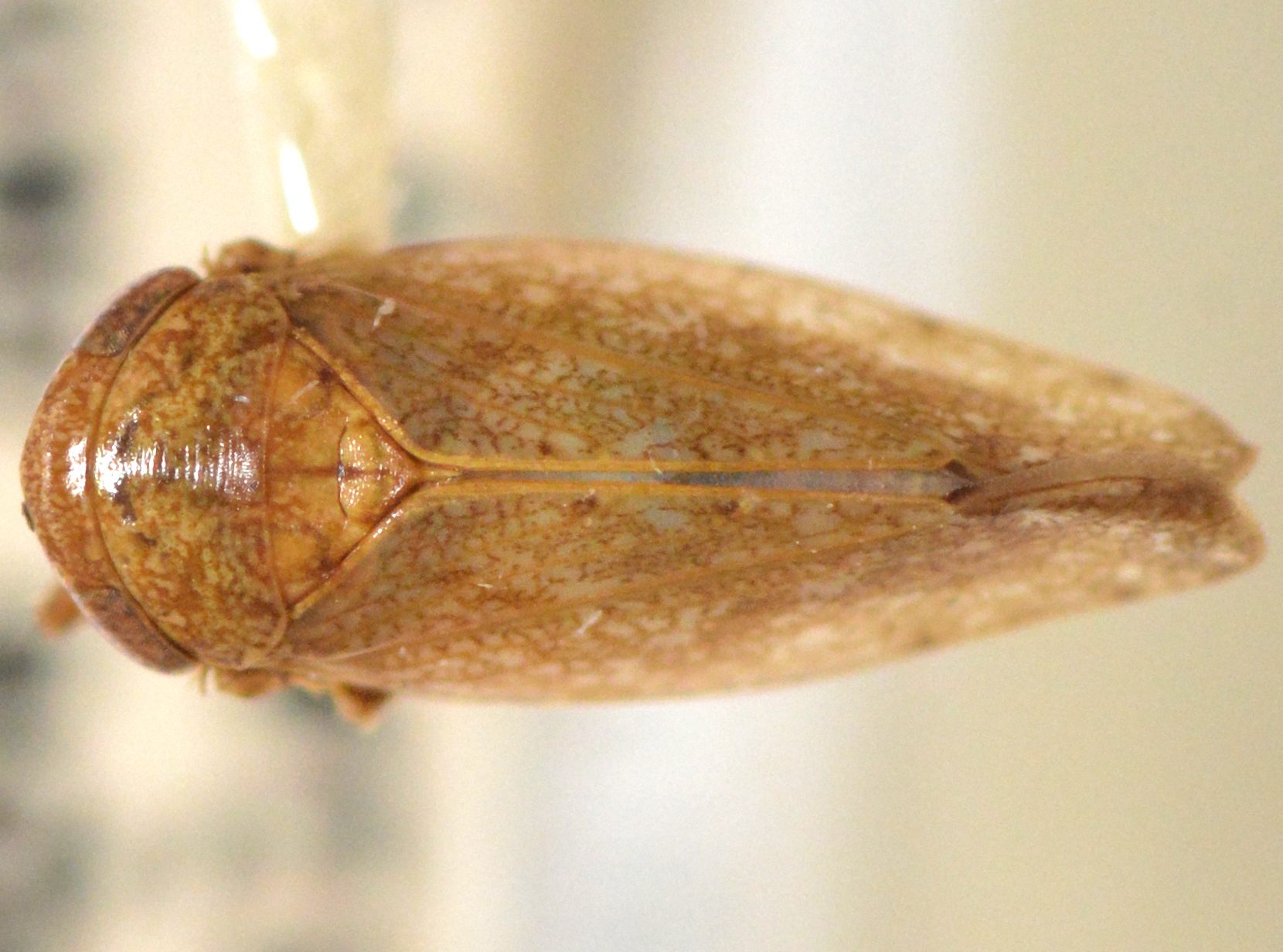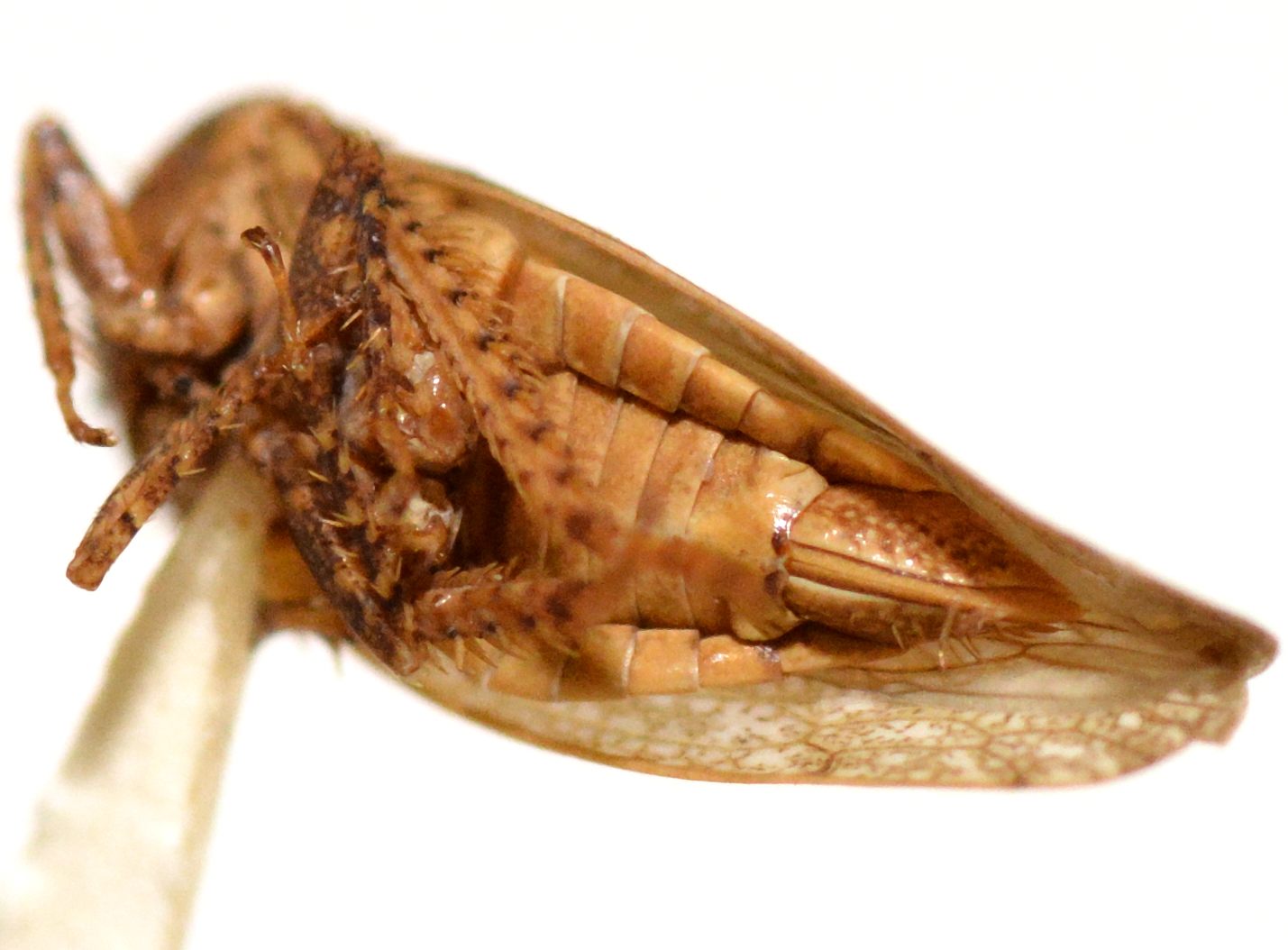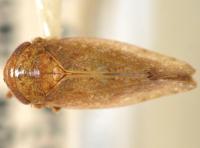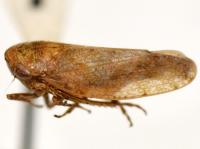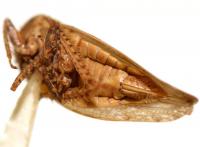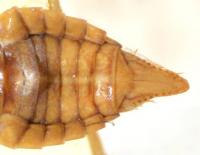| Comment: P. fuscipennis has two subspecies: P. f. fuscipennis and P. f. seminolus. The individuals found in North Carolina belong to seminolus.
NOTE: This species closely resembles P. continuus and is a member of the "continuus group." However, P. fuscipennis is found only in saltwater marsh habitat along the coast and in most instances individuals that resemble the "continuus group" can be assumed to be P. continuus. Additionally, fuscipennis has a slightly produced head, whereas continuus has a completely evenly rounded head. In coastal areas, it would be good to obtain underside pictures of the genitalic features, as well as length measurements. |

 »
»
